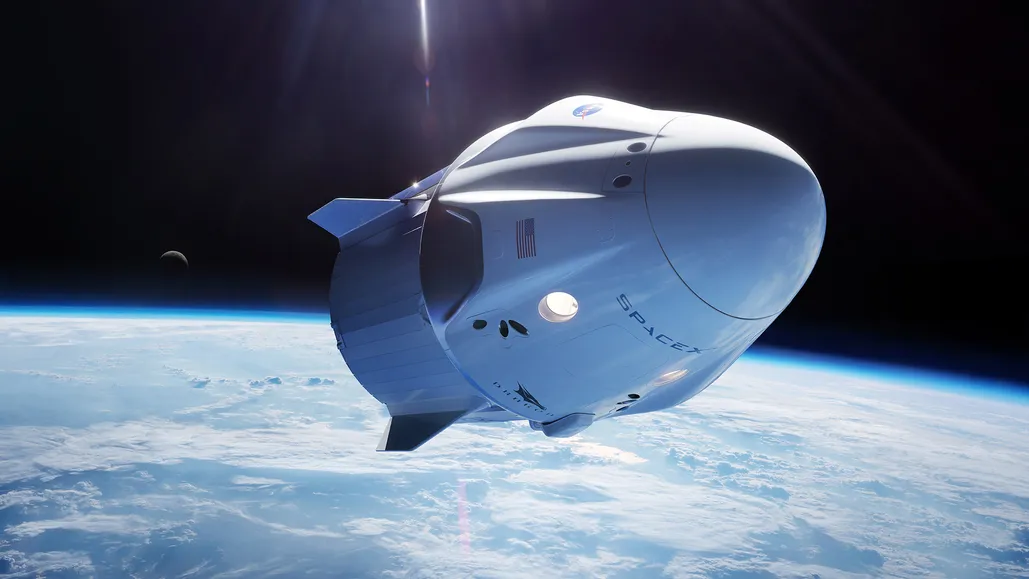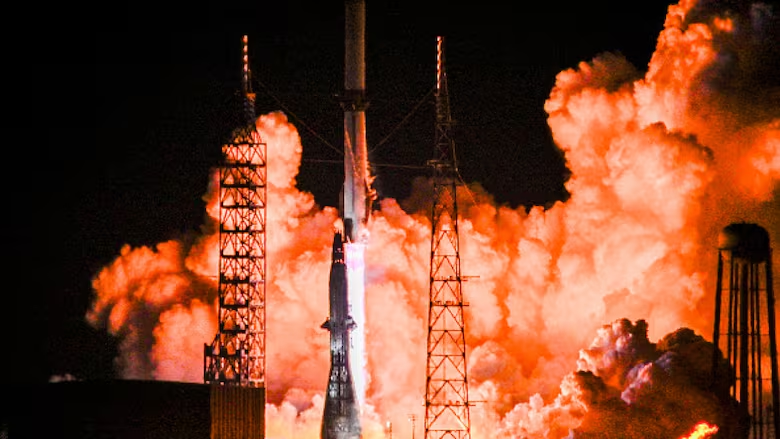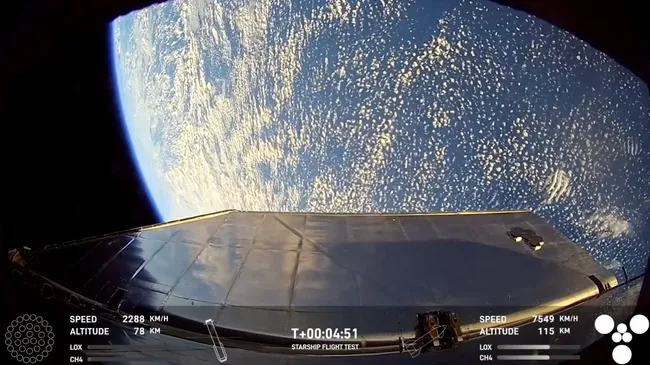Lunar Outpost has chosen SpaceX’s Starship to deliver its Artemis lunar rover, which is under development for potential NASA missions, to the moon.

On November 21, the Colorado-based company revealed that it had signed an agreement with SpaceX for the use of Starship to transport its Lunar Outpost Eagle rover. The companies have not yet revealed a timeline for the mission or other specifics of the contract.
Lunar Outpost is one of three companies that secured NASA contracts in April as part of the initial phase of the Lunar Terrain Vehicle (LTV) program. This program is designed to support the creation of a rover for future Artemis missions. Each company was awarded a one-year contract to refine their rover designs through a preliminary design review (PDR), with NASA planning to select at least one of the companies for further development.
The LTV program operates as a services contract, where the companies are responsible for delivering the rover to the moon. These rovers may also be used commercially when they are not needed by NASA.
Justin Cyrus, CEO of Lunar Outpost, explained in an interview that the company chose SpaceX after receiving positive responses from multiple companies. “The reason we went with Starship is because of their technological progress, speed, and the quality of their team,” Cyrus said. “We believe Starship will provide reliable lunar landings, and we are confident they can meet our timelines.”
The Lunar Outpost Eagle rover has been designed to be compatible with various landing systems, though Cyrus did not name other vehicles considered for the mission. “We needed a lander that could work with multiple providers to ensure flexibility and reduce risk as we move forward,” he explained.
Lunar Outpost is collaborating with a team that includes Leidos, MDA Space, Goodyear, and General Motors. The team has been working on refining the rover’s design, with NASA astronauts recently conducting tests with a rover prototype to evaluate its human factors. “We gained valuable feedback from astronauts on what they liked and what needs improvement,” said Cyrus.
The first phase of the contract is set to conclude in six months with the PDR, after which NASA will request proposals from Lunar Outpost and the other two selected companies, Intuitive Machines and Venturi Astrolab, for the next stage, which involves rover development and the purchase of services.
Despite budget constraints, which may limit NASA to selecting only one company for the next phase, Cyrus and others in the industry are advocating for NASA to choose multiple companies to ensure redundancy, as it has done in other programs such as the Human Landing System. “NASA should pick two companies. Redundancy is crucial for something this important,” he said.
Lunar Outpost also announced on November 13 that it raised a Series A round of funding, although Cyrus declined to disclose the amount for competitive reasons. The funds will support the continued development of the Lunar Outpost Eagle rover. “This investment will accelerate our plans significantly,” Cyrus said, adding that the company would continue work on the rover, regardless of whether it is selected for the next phase of NASA’s LTV program, due to growing commercial interest. “We’re going to fly this vehicle on Starship, no matter what.”




Leave a Reply